By the banks of the Xin Guang River, you are extraordinary in music | Taking you to experience the thousand year old ancient temple [Tongnan Great Buddha Temple]
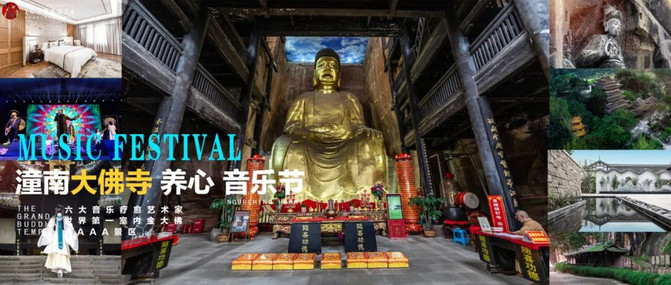
When the millennium old temple blends into the healing sound of trendy rhythm
What wonderful chemical reactions will occur?
If you are curious
Looking forward to slightly slowing down the pace of urban life
Let music bring you a long lost calm state of mind
Then come on“ Tongnan Dafosi Heart Nourishing Music Festival ”Go ahead!
Of course, besides the music festival, I have other recommended entertainment activities
Tongnan Dafo Temple
Tongnan Dafosi Scenic Area
The largest indoor golden Buddha in China, an AAAA scenic spot, and a national key cultural relic protection unit.
Address: Tongnan Dafosi Scenic Area, Jinbin Road, Tongnan District, Chongqing
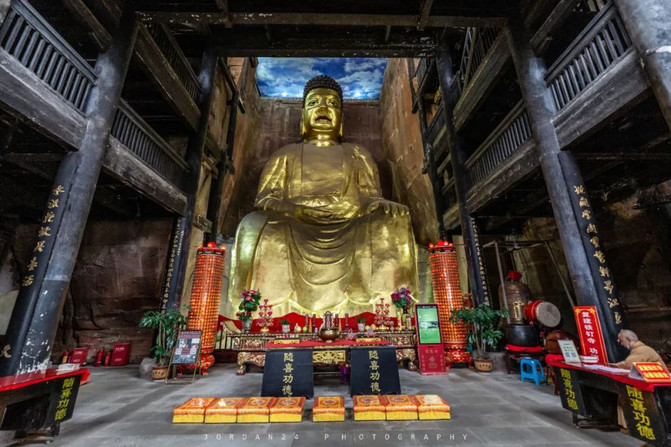
The largest indoor gilded Buddha in China
Recommended itinerary

Day 1: Departing from Chongqing - Tongnan Dafo Temple - Dafo Temple Wetland Park - Watching the Heart Nourishing Concert - Staying at Fujiang Hotel
Day 2: Vegetable Park - Fujiang Tour - Shuangjiang Ancient Town - Return
8 recommended fun activities that cannot be missed:
1. Visit the largest indoor golden Buddha in China and explore the famous "Sixteen Scenic Spots of the Great Buddha Temple";
2. Listen to a heart nourishing music festival (October 23-25), using beautiful singing voices and ancient instruments from around the world to produce extraordinary sounds;
3. Pin Tong Nan Fujiang Hotel has tailored a large outdoor buffet for the music festival;
4. The large landscape of the Dafosi Wetland Park. There are fitness trails, South Vegetable Park, as well as a 50 meter green parent-child run and flying nostalgia;
5. Setting sail with the addition of the luxury yacht "Golden Buddha" and hosting a fashionable yacht dance party;
6. Experience the joy of lemon picking during the annual "Lemon Festival";
7. You can visit nearby places such as Shuangjiang Ancient Town and Shangkun Old Residence;
8. Taste the unique cuisine of Tai'an fish in Tongnan.

Tongnan Dafo Temple Located at the foot of Dingming Mountain, one kilometer west of Tongnan District, Chongqing, it is built on a small hill commonly known as Danzishi, which is the back of a cliff carved giant Buddha. It is now adjacent to the east bank of Chongqing Dafosi Yangtze River Bridge. The Dafo Temple was first built during the Xiantong period of the Tang Dynasty, originally named "Dingmingyuan" and also known as "Nanchan Temple". Later, during the Song Dynasty, a large Buddha was carved in the temple along the mountain, and it was renamed as "Dafo Temple".
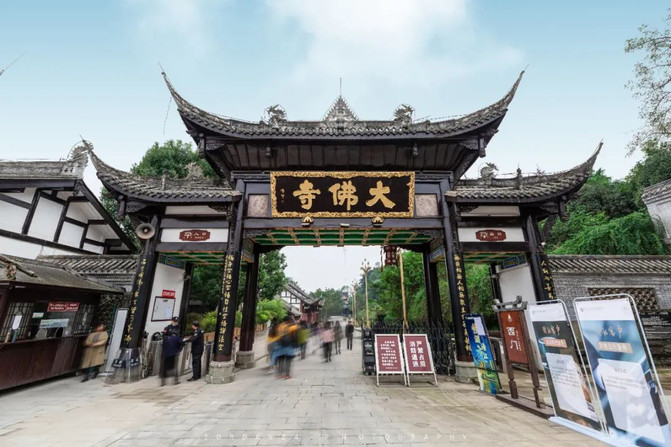
East Gate of Dafosi Temple
Dafosi Temple has a long history and now preserves cliff sculptures that began in the Sui Dynasty, flourished in the Tang and Song Dynasties, and lasted for more than 1400 years; There is a strong cultural heritage here, mainly including: One major feature, four major masterpieces, and five major networks .
1. One major feature: a religious venue that integrates Confucianism, Buddhism, and Taoism;
2. Four masterpieces: the first indoor golden Buddha, the largest top Buddha character, the earliest fully glazed top Buddha pavilion, and the earliest rock sculpture in Southwest China;
3. Five major networks: 2 emperors, 5 prime ministers, dozens of Shangshu Jinshi, poets and ink artists visiting and inscribing
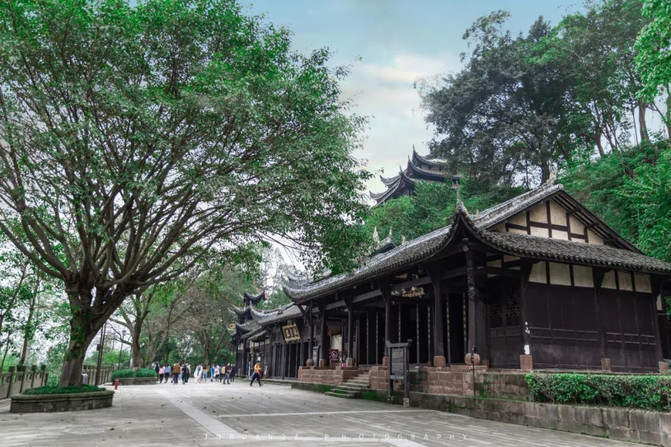
Dafosi Temple is a national key cultural relic protection unit. It not only has the world's seventh and first indoor golden rock Buddha, but also the earliest ancient building to use a fully glazed roof, the "Seven eave Buddha Pavilion", as well as one of the four major echo buildings in China, the "Stone Deng Qin Sound", the largest calligraphy "Buddha" character on the roof of a stone carving, and the rare natural echo wall "Sea Tide Sound". It is a precious historical heritage.
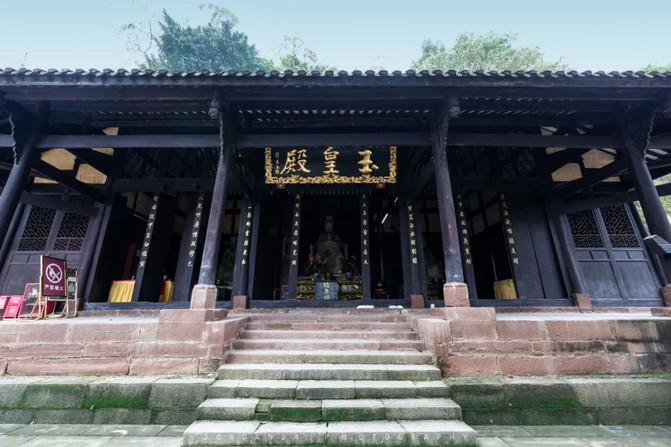
The Jade Emperor Hall
This is the temple where the common people offer sacrifices to the Jade Emperor for good weather. He is revered by Taoism as the king of the gods, commanding the three realms of heaven, earth, and man.
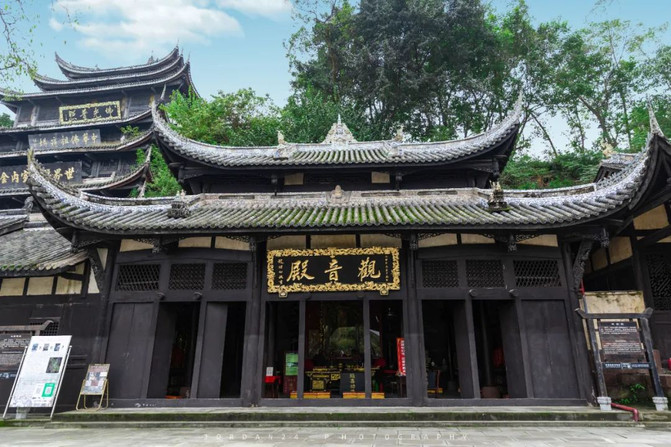
Guanyin Hall
First, let's talk about the three doors under the plaque of Guanyin Hall. The empty door in the middle is where ancient emperors and enlightened monks entered and exited, while others entered through the side door next to it. When entering, the threshold must be crossed in one step, symbolizing smooth sailing and peace.
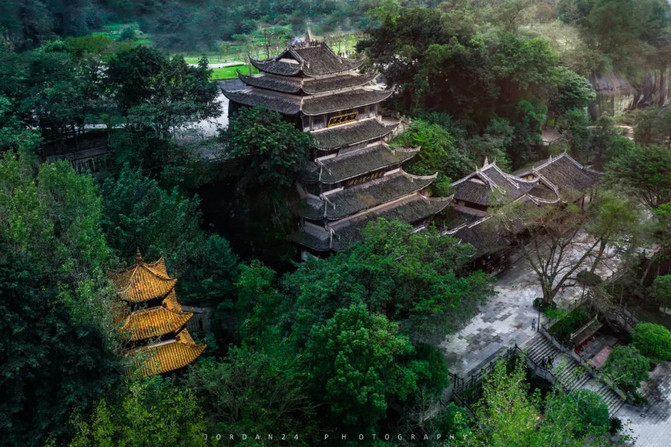
The Glass Buddha Pavilion
The Great Buddha Hall, also known as the Great Statue Pavilion, was originally built with five eaves covered in glass, shining brilliantly. It is one of the earliest ancient buildings in China to use a fully glazed roof. After generations of repairs, it was rebuilt with seven eaves during the Ming Dynasty. And such a tall ancient building, at the junction of all beams, purlins, columns, and beams, it is said that not a single iron or nail was used.
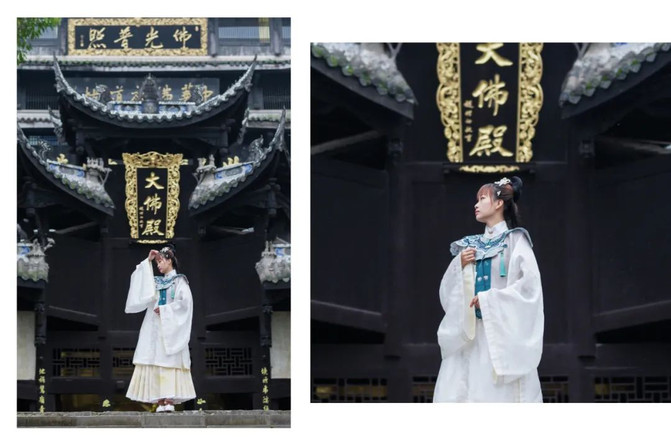
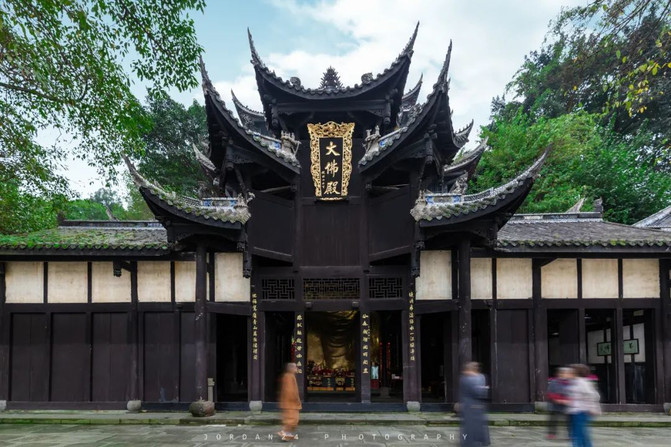
The Great Buddha Hall is built against the mountains and by the water, in the style of a seven eaved gable mountain. The hall is 33 meters high, facing the river by the rocks, with double eaved eaves and a unique structure that is majestic and spectacular.
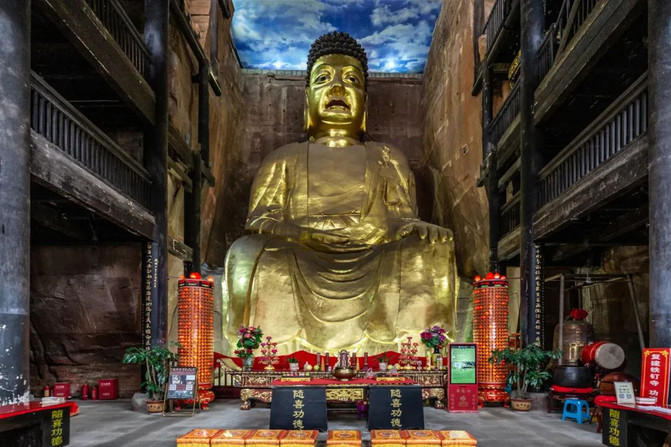
This golden Buddha is the Buddha Shakyamuni. The Buddha's head is aligned with the mountain, his feet step on the bottom of the mountain, dazzling with golden light, and his momentum is extraordinary. He is the world's first indoor rock decorated golden Buddha.
Standing 18.43 meters tall, with a spiral bun headband, drooping ears and shoulders, slender eyebrows, plump cheeks, slightly exposed lips, and a smiling face. My eyes are bright and lively. Standing in any corner of the hall, the Buddha is watching us as if he can see through our hearts.
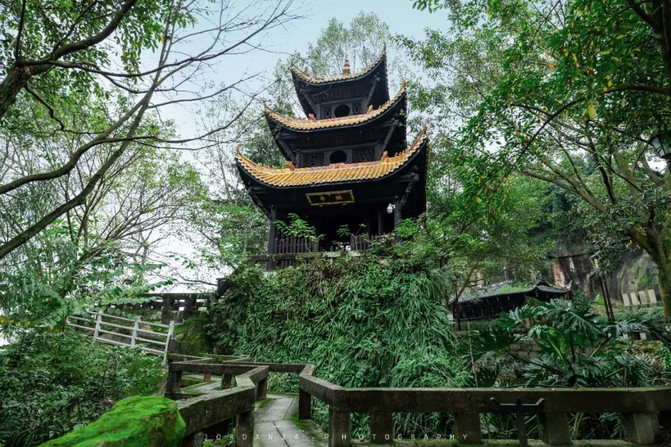
The Golden Buddha
This 800 year old ancient building, Jian Ting, was built and named by the famous Neo Confucian scholar Wei Liangweng of the Southern Song Dynasty. When Wei Liangweng saw the beautiful scenery of the Great Buddha Temple, he often came here to relax and enjoy. He saw this stone surrounded by water on three sides, with eyebrows that could be counted, and its face was like a flat mirror. Because "Jian" in ancient times meant a bronze mirror, he built a pavilion and inscribed the words "Jian Ting" in clerical script on the stone tablet.

Shideng Qinyin
The dozens of stone stairs you see now are not ordinary stone stairs, they are one of the four great echo buildings in ancient China The sound of Shideng Qin That is to say, the stone qin. The monk carved a stone cave on this entire rock, with a total of 36 levels. Among them, there are 7 levels that are particularly clear and bright, like emitting beautiful qin music, hence commonly known as "seven step qin playing". It predates the Beijing Temple of Heaven Echo Wall by over a hundred years and is one of the four major echo walls in China.
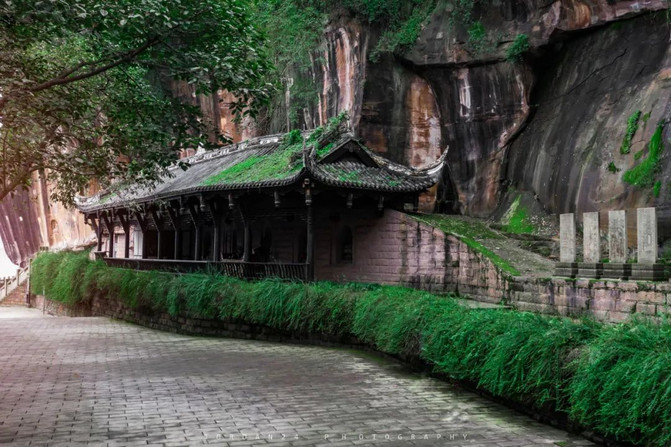
Sui Dynasty Statues
The San Kan statue is the earliest religious statue in Southwest China. It was excavated in the 11th year of Emperor Kaihuang of Sui Dynasty (591 AD) and sculpted by Taoism. It has been more than 1400 years since then. On the left side of the highest Buddhist niche above, there is a vertical inscription that reads' The 11th year of Emperor Kaihuang of Sui '.
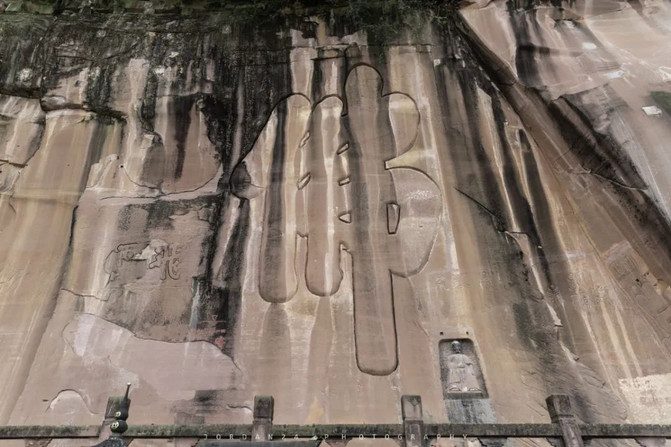
The character 'Top Heaven Buddha'
The Dingtian Buddha character is the crown of Chinese Moyan Buddha characters and a precious calligraphy treasure in stone carvings. On a golden cliff to the left of the Great Buddha, there is a super regular script character engraved with the name 'Buddha'. The character 'Buddha' is 8.85 meters high and 6.78 meters wide, with a stroke thickness of 11.25 meters. It covers an area of 60 square meters on the rock surface and is the largest stone carved Buddha character in the country. The character 'Buddha' is down-to-earth, with a blue sky above its head, a dignified body, a powerful brushwork, and a vigorous momentum. Its charm is full of vigor and vitality, and it stands out several miles away from the shore.
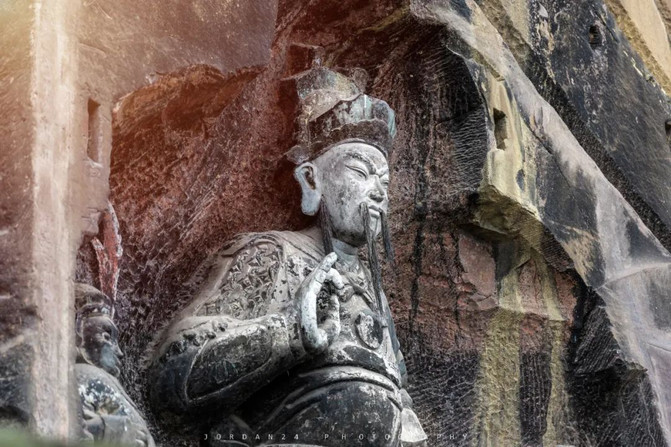
The Statue of Guan Di
This niche statue is the Guandi statue. Sitting in the middle is Guan Yu, with his general Zhou Chang holding a large knife on the left and his son Guan Ping holding an official seal on the right. Guan Yu holds a very special position in Chinese history, shining brightly both before and after his death. He is revered as the 'sage of martial arts'.
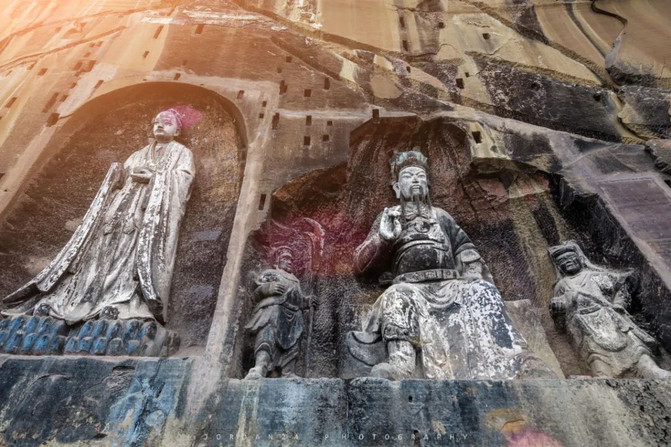
The God of Salvation "
Next to the statue of Emperor Guan is the Taoist Taiyi, who saves suffering and is like the Buddhist Avalokitesvara Bodhisattva in Taoism, saving suffering and helping all sentient beings. The whole niche statue is very special, with Taoist hair buns on the head and Buddhist lotus platforms on the feet. It can be seen that the large Buddhist temple everywhere embodies the integration of Buddhism and Taoism, and harmonious coexistence.
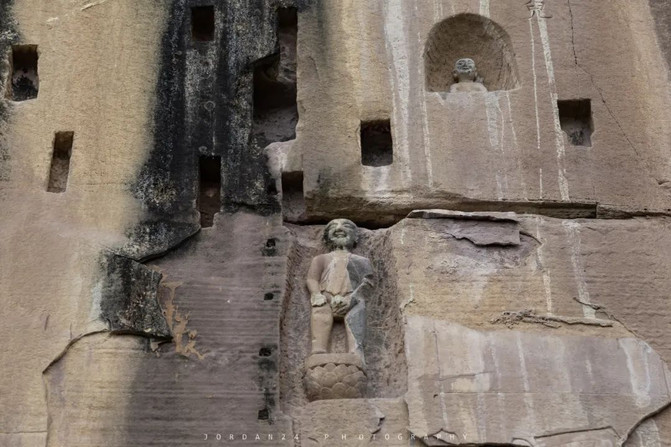
'Da Er Wo'
The small stone statue here is famous Da Er Wo " . The one squatting above symbolizes a daughter, while the one standing below represents a son. Coming here not only allows one to seek a son, but also a daughter. If you want to have a son, throw a coin at a boy; if you want to have a daughter, throw a coin at a girl.
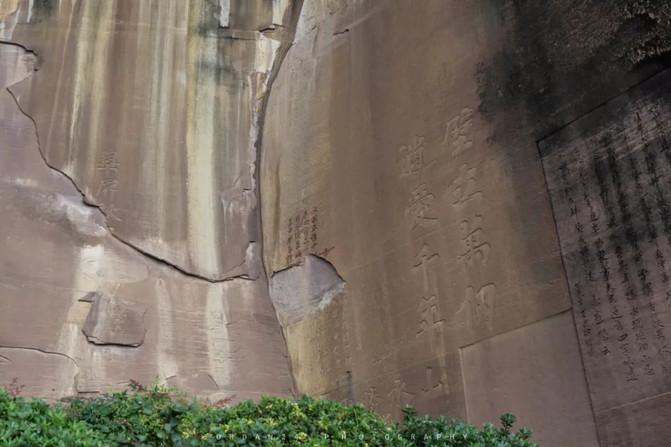
Cuiping Autumn Moon
The four characters "Cuiping Qiuyue" are carved on this rock wall. It is said that Li Bai, a great poet of the Tang Dynasty, traveled along the Fujiang River and drank and admired the moon by the cliff of Dafosi on the night of the Mid Autumn Festival. At that time, the water level of the Fujiang River was as high as the rocks, and the water was open. A bright moon was reflected in the river water and reflected onto the smooth cliffs like a mirror. Seeing this scene, Li Bai immediately recited the poem "Raise your glass to invite the bright moon, and form three people in the shadow" and wrote the four words "Autumn Moon on the Green Screen" with his pen.
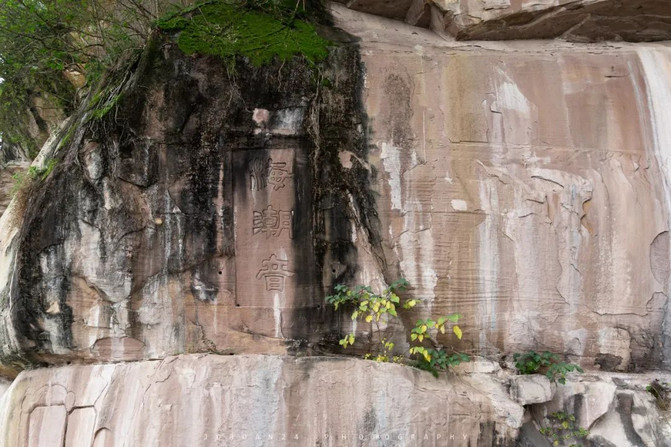
Ocean Tide Sound
There are also three words "Sea Tide Sound" engraved on the rock next to it. It is a natural echo wall discovered as early as the Yuan Dynasty. What is unique is that we can hear the sound of surging waves hitting the rock wall from within two meters away.
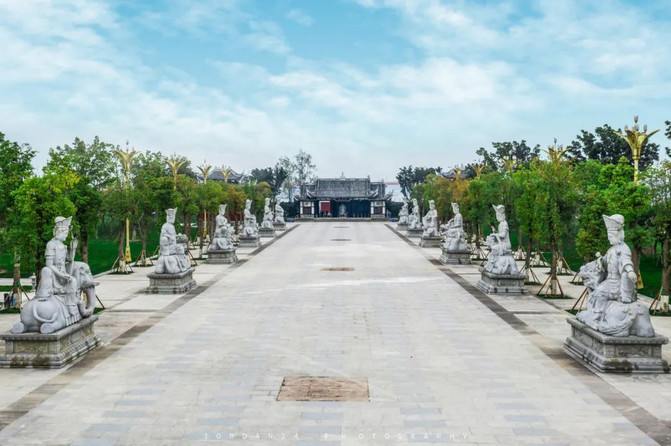
Buddha Statue Square
This is also the venue for our music festival today

There is also a three-day music festival (October 23-25) in the Dafosi Scenic Area to nourish the mind. Inviting six major music healing artists, including Bai Huanyu, Ai Daozhou, Dongtian, Wang Yuer, Jie Chengfengzhi, and Gadiza Orchestra, to use their beautiful singing voices and ancient instruments from around the world to produce extraordinary sounds, bringing visitors a unique experience of healing music. Tourists can not only experience the artistic beauty of the Great Buddha Temple, a "health resort", but also embark on an extraordinary music journey with renowned Asian musicians to heal their souls.
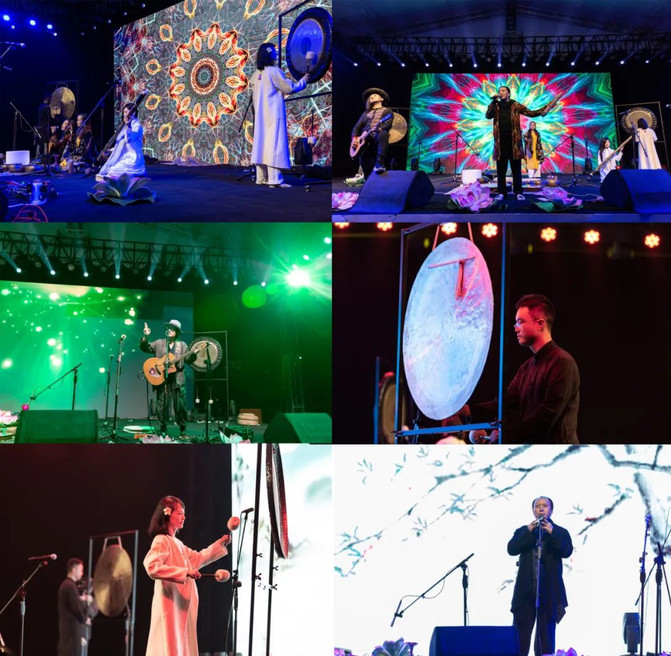
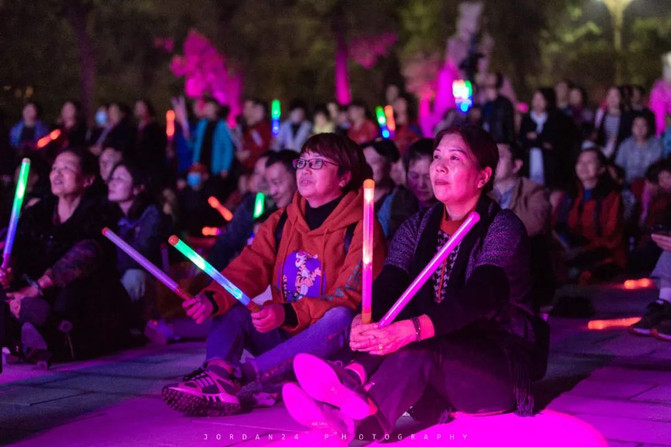

Regarding accommodation at the "Fujiang Grand Hotel" garden style hotel, the hotel is located on the west side of the Dafosi Scenic Area and south of the Fujiang Wetland Park, adjacent to the banks of the Fujiang River.
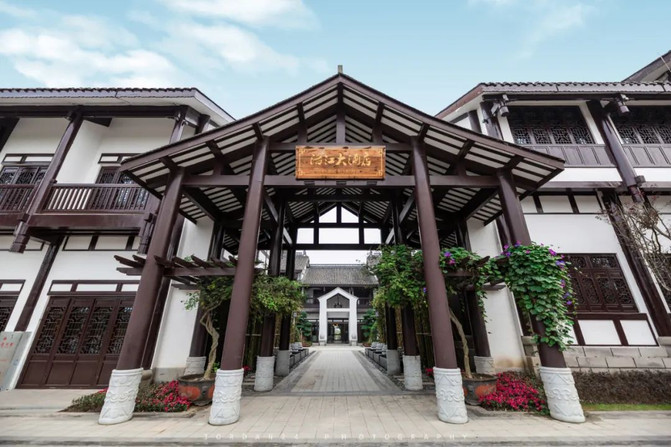
The entire hotel is designed, constructed, and decorated in an antique and modern Chinese style. The pavilions, pavilions, and eaves are arranged in a staggered manner, while the halls and courtyards are elegant in style. The river ring is a clean area, with ponds, pavilions, and winding paths leading to secluded places; Flower bed bonsai, adorned with vines and green bamboo, creates a leisurely and beautiful environment, with a clear and enjoyable charm.
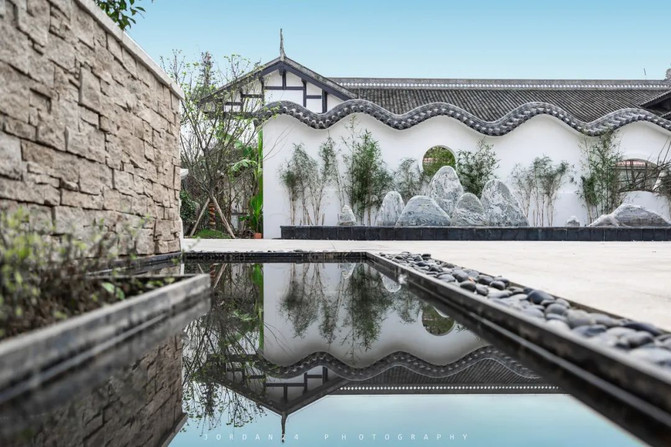
You can relax and daydream here, or choose to enjoy the renowned cultural scenery in the Dafosi Scenic Area, or take a stroll in the winding tree lined paths of the Fujiang Wetland Park, or wander along the rippling blue waters along the riverbank.
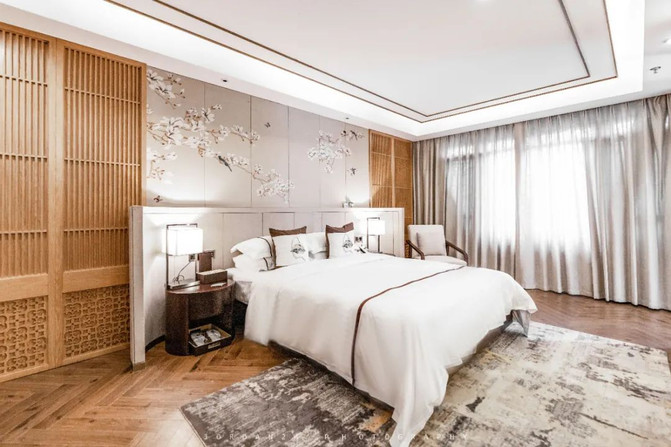
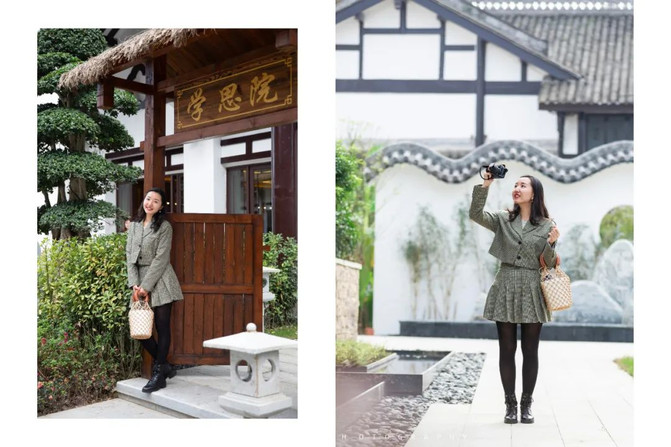

Fujiang Tour: The Dafo Temple is located next to the Fujiang River. At night, you can also choose the luxury yacht "Golden Buddha" and hold a fashionable yacht dance party. With the lights on, you can enjoy the beautiful scenery of the Fujiang River and enjoy the gathering time.
Dafosi Wetland Park: The next morning, I walked to the wetland park next to the Big Buddha Temple for a morning walk. The fresh air was perfect for taking a big breath of oxygen.
Vegetable Park: Parent child travel is optional, allowing babies to learn about various vegetables and fruits from an early age.
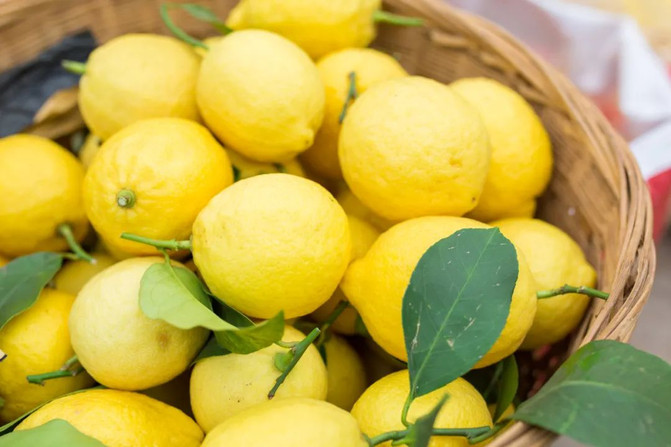
Shuangjiang Ancient Town: Shuangjiang Ancient Town, which has just been rated as a 4A scenic spot, maintains its simple and honest folk customs. The ancient town was built in the late Ming and early Qing dynasties, with a history of more than 400 years. It has more than 20 Qing Dynasty residential buildings such as the "Yu Palace", "Yuan Taihe Courtyard", and "Xinglong Street Courtyard", making it the most well preserved group of Qing Dynasty residential buildings in the southwest region.
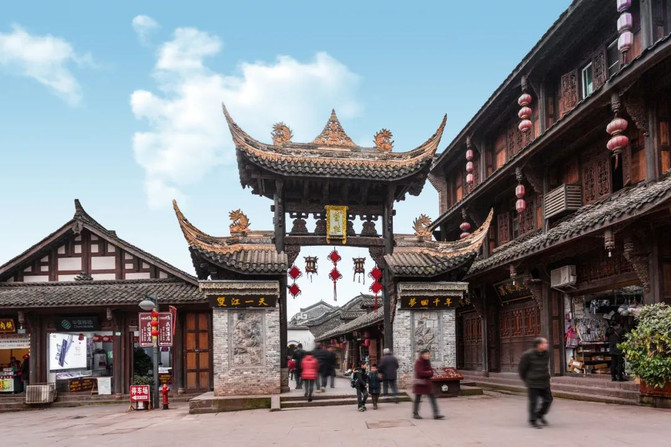
In terms of cuisine: You must not miss the Tai'an Fish. It is made by wrapping sweet potato flour with oil and then stir frying with chili, "spicy, hot, fine, tender and fresh". The fish skin is sticky and soft, and the weight is abundant. It took four plates of seven pound grass carp to finish serving on the table. The side dishes include white celery and konjac, which are delicious and flavorful.


Music Festival Time: October 23-25 19:00-21:300
Ticket price: 30 yuan/person, charged for distances over 1.4 meters (50% off for Tongnan citizens)
Music Festival Location: Lotus Square, Dafosi Scenic Area
Bus route: Route 107 provides direct access.
Self driving route: Suining → Chengdu Chongqing Ring Road → Tongnan West Road → Dafosi Temple
The regular price of the painted boat is 60 yuan per person. (4 or more people sailing)
Shuangjiang Ancient Town: Free
Tai'an fish: 28 yuan/jin
Fujiang Grand Hotel: around 300
— END —
Previous Article:Shangqing Temple Storm (Part 2): The Glory and Epic of a City
